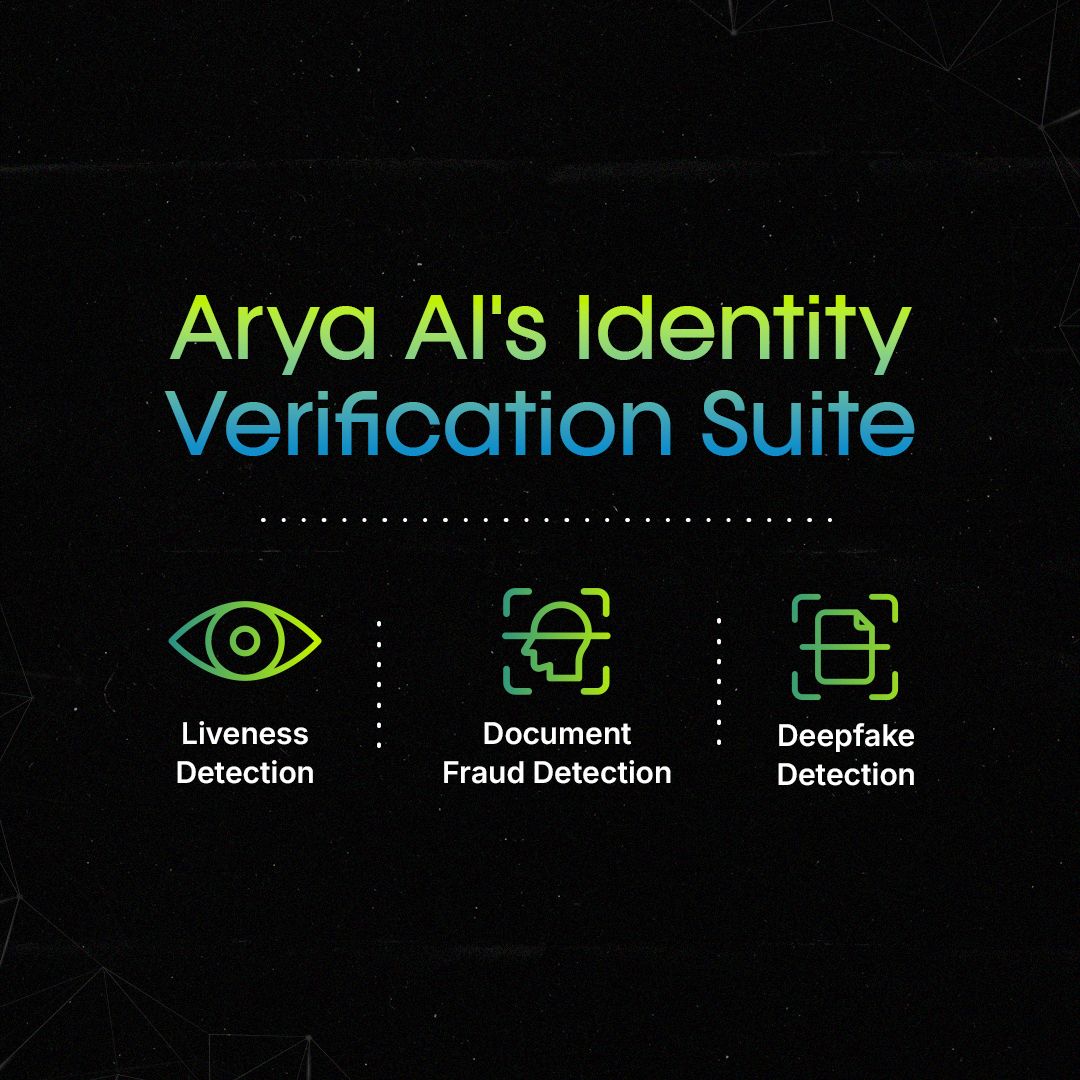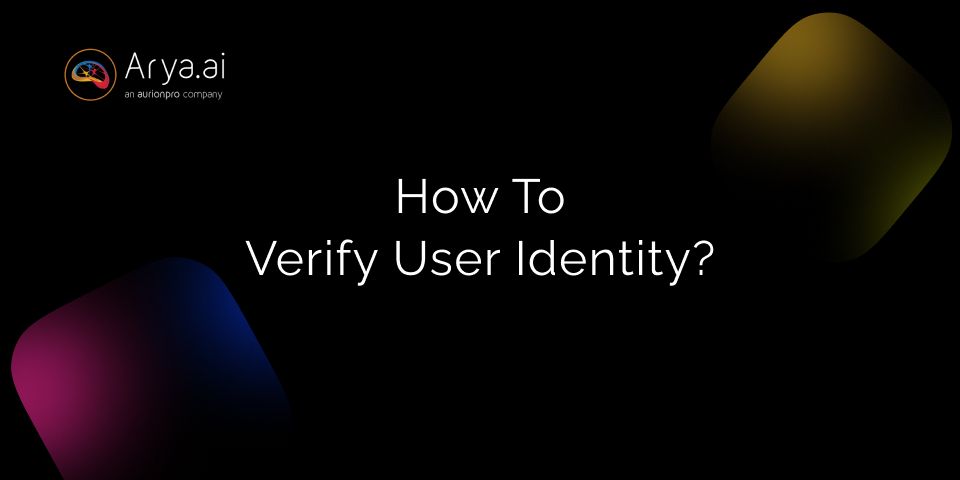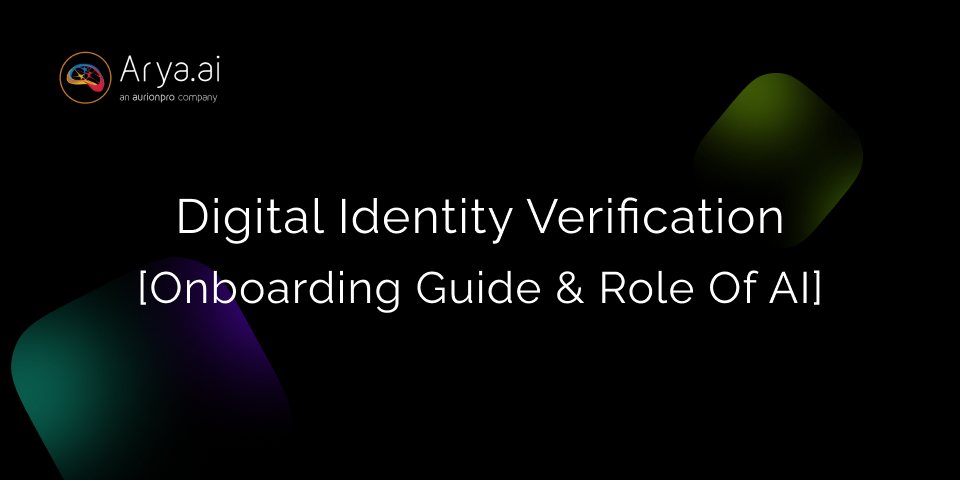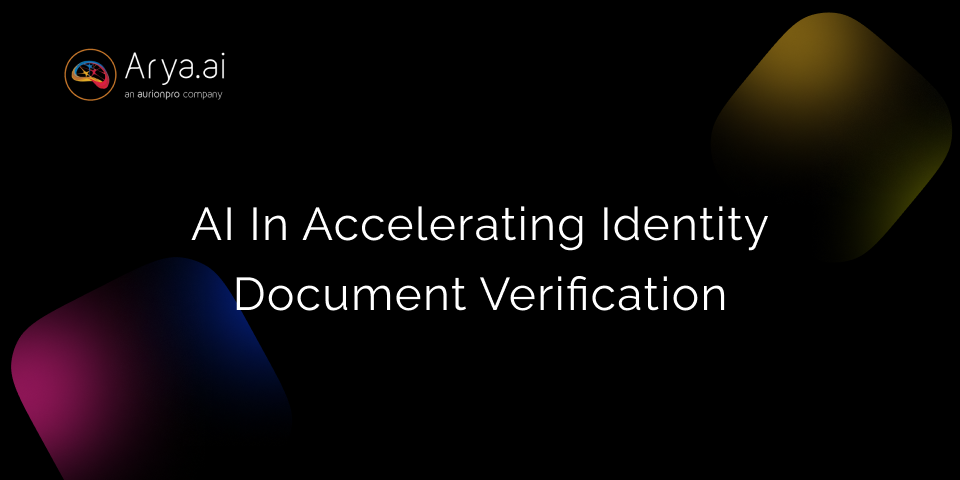Online businesses and financial institutions must identify who their users and customers are to comply with regulations and mitigate risks. The challenge however lies in verifying user identity, especially when compromising the user experience may lead to drop-offs. Let’s explore how to verify user identity and the growing role of AI in onboarding.
What is User Identity Verification?
User identity verification confirms that a person is who they claim to be. It validates PII (Personal Identifiable Information) and documents such as bank statements against reliable sources and authentication methods. Thus, it goes beyond merely creating simple combinations of username and password… to accommodate deepfake detection, document fraud detection, liveness check, and more.
This process helps prevent fraud and comply with regulations. The goal is to create a secure environment where both the service provider and the user feel confident in the legitimacy of their interactions. In the context of financial institutions, identity verification is a part of KYC verification.
User Identity Verification Methods
There can be multiple types of user identity verification methods, depending on the service, channel, and industry. Here are a few
- Knowledge-Based Verification
This traditional method requires users to provide information that only they should know, such as passwords, PINs, or answers to security questions. While simple to implement, it's vulnerable to breaches and social engineering attacks.
- Two-Factor Authentication (2FA) and Multi-Factor Authentication (MFA)
2FA and MFA add extra layers of security by requiring additional verification steps, such as a code sent to a mobile device or an authentication app. This makes unauthorized access significantly more difficult.
- Biometric Verification
Biometric methods use unique physical characteristics like fingerprints, facial recognition, or iris scans to verify identity. These are harder to fake and provide a higher level of security.
- Document Verification
Users submit government-issued IDs or other official documents, which are then verified for authenticity. This method is common in financial services and other regulated industries.
- Behavioral Analysis
This innovative approach monitors user behavior patterns, such as typing speed or sentiment analysis, to detect anomalies that may indicate fraud.
Balancing Identity Verification Processes with User Experience
Implementing stringent identity verification is essential, but it shouldn't come at the cost of a poor user experience. Lengthy or complicated processes can frustrate users, leading to abandonment and loss of business. That is why balancing identity verification with the user experience is highly important. Learn how you can strike the perfect balance:
- Streamline the Process: Simplify steps wherever possible. Use intuitive interfaces and clear instructions to guide users through the verification process.
- Use Adaptive Authentication: Adjust the level of verification based on the risk profile of the transaction. Low-risk activities may require minimal authentication, while high-risk actions trigger more robust checks.
- Leverage Technology: Implement technologies like AI and machine learning to automate and accelerate verification without user input.
- Provide Support: Offer real-time assistance through chatbots or customer service to help users navigate verification hurdles.
Designing the verification processes by leveraging advanced technologies can allow organizations to ensure security without sacrificing usability.
Risks of Not Performing User Identity Verification Checks
What if you neglect verification checks? Financial institutions must comply with KYC and a plethora of other regulations, including AML as well the different stages of AML. Soon deepfake laws may also need to be considered when designing onboarding and verification processes.
Here are the consequences of not identifying your users:
- Fraud and Financial Loss: Without verification, organizations are vulnerable to fraudulent activities, leading to significant financial losses.
- Regulatory Penalties: Failure to comply with regulations like Know Your Customer (KYC) and Anti-Money Laundering (AML) can result in hefty fines and legal action.
- Reputational Damage: Security breaches erode customer trust, damaging the brand's reputation and customer loyalty.
- Data Breaches: Unauthorized access can lead to data leaks, compromising sensitive user information and exposing businesses to further liabilities.
Growing Role of AI in User Identity Verification
Here's how AI is making a difference:
- Automated Document Verification
AI-powered systems can instantly verify the authenticity of documents by analyzing security features, detecting forgeries, and extracting data with high accuracy.
- Biometric Authentication
AI enhances biometric systems by improving facial recognition accuracy, even in varying lighting conditions or with changes in appearance.
- Behavioral Biometrics
Machine learning algorithms analyze user behavior patterns to detect anomalies in real-time, adding an invisible layer of security without affecting user experience.
- Fraud Detection
AI systems can process vast amounts of data to identify fraudulent activities, learning from each interaction to improve over time.
- Natural Language Processing (NLP)
NLP enables chatbots and virtual assistants to assist users through the verification process, answering questions, and providing support.
Essentially, AI makes user identification and onboarding secure and efficient.
How Arya AI Can Help
Arya AI’s Identity Verification Suite is designed to tackle the complexities of user verification while maintaining a seamless user experience. Our AI-powered tools help businesses verify identities with minimal friction, ensuring compliance with regulations like KYC and AML while preventing fraud.

Arya’s suite offers:
- Liveness Detection: Ensures that the user is physically present during the verification process, preventing spoofing attacks through photos or videos.
- Document Fraud Detection: Uses advanced AI to automatically verify the authenticity of government-issued IDs and other documents by analyzing security features and detecting tampering.
- Deepfake Detection: Identifies and mitigates the risk of deepfake technology being used in fraud attempts, ensuring the authenticity of video submissions.
With Arya, you can streamline verification processes, reduce fraud risks, and stay compliant—all while keeping user satisfaction at the forefront.
Conclusion
User identity verification is a critical aspect of modern digital interactions, essential for security, regulatory compliance, and building trust. While traditional methods have their place, they often fall short in balancing security with user experience. The advent of AI offers promising solutions, enhancing verification processes through automation, improved accuracy, and seamless integration.
Businesses that embrace AI-driven identity verification not only protect themselves and their customers but also gain a competitive edge by providing a smoother user experience. As technology continues to evolve, the role of AI in identity verification will only grow, paving the way for more secure and user-friendly digital environments.





